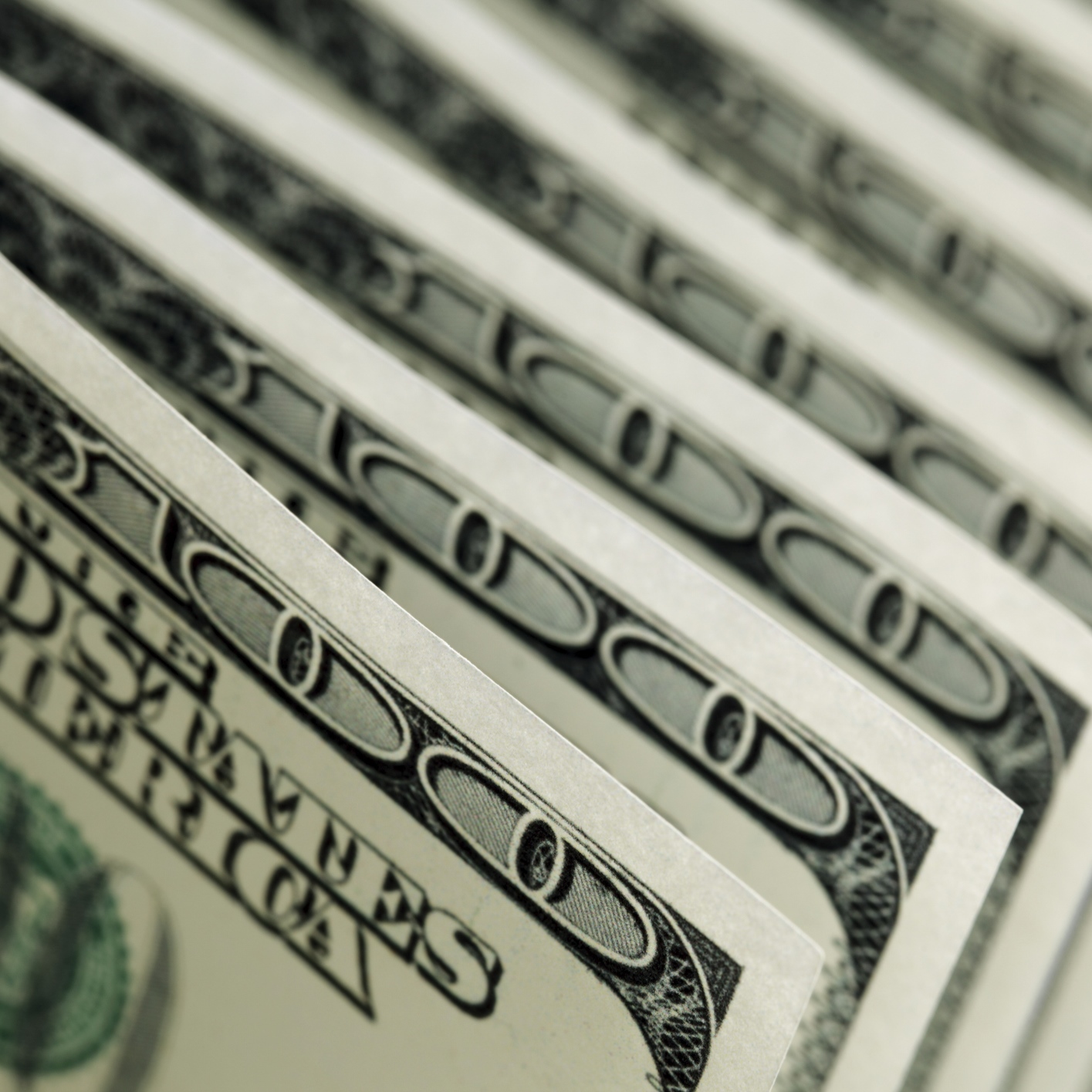
Energy infrastructure behemoth Kinder Morgan Inc. (NYSE: KMI) is scheduled to report first-quarter results after markets close on Wednesday. Analysts are looking for earnings per share of $0.19 and revenues of $3.74 billion. In the same period last year, Kinder Morgan reported EPS of $0.24 and $3.6 billion in revenue.
Since posting a new 52-week low of $11.20 in late January, shares had climbed back to a high of $19.40 on Tuesday, an increase of 73%. And a jump that was sorely needed. Shares had plunged from a 52-week high of $44.71 — 75% — to the January low.
Kinder Morgan had cut its dividend by 75% and raised the borrowing limit on its unsecured revolving credit facility from $4 billion to $5 billion and closed on a three-year, $1 billion term loan. Both loans carry an interest rate of LIBOR plus 1.5%. Last Friday’s LIBOR rate in the United States was 1.2183%.
The company completed an acquisition of refined product terminals and other infrastructure from BP in early February at a price of $350 million. The acquisition added about 9.5 million barrels of storage capacity to Kinder Morgan’s U.S. total.
So, what to look for in this report? First would be further cutbacks in the company’s capital spending budget. Originally Kinder Morgan had forecast capex at $4.3 billion in 2016, but later cut that to $3.3 billion. The reason for the cut was not lack of financing, but the slowdown in oil and gas production in the United States. Kinder Morgan concluded that some projects were just not worth doing in the current environment. More of that could still happen, but the odds are against it.
Kinder Morgan said it would not need to access the capital markets in 2016 and so far has kept its promise (sort of). Any indication that the company is going to issue more stock, common or preferred, will hit the share price hard. Again, this is not likely to happen, but it’s worth paying attention to.
Cash flow is another thing to watch. Kinder Morgan has said it expects cash flow in excess of its dividend to total $3.6 billion in 2016. A change in that number will surely move the stock.
Higher oil prices have helped Kinder Morgan over the course of the first quarter. Every $1 change in the price of a barrel has a $6.5 million impact on the company’s distributable cash flow. Every 10 cent per million BTU change in natural gas prices alters that same cash flow by $600,000.
The company’s 2016 budget assumed an average crude oil price of $38 a barrel this year and an average natural gas price of $2.50 per million BTUs. For the first quarter, oil averaged about $32.70 a barrel and natural gas averaged about $2.25 per million BTUs. That’s not enough to bring down the stock because the second half of the year is supposed to see more sustained pickups in price. But some investors won’t wait if there’s any waffling from the company.
Kinder Morgan stock traded at $18.81 just before noon on Wednesday, down 1.8% for the day in a 52-week range of $11.20 to $44.71. The consensus price target on the stock is $20.78.
Take Charge of Your Retirement In Just A Few Minutes (Sponsor)
Retirement planning doesn’t have to feel overwhelming. The key is finding expert guidance—and SmartAsset’s simple quiz makes it easier than ever for you to connect with a vetted financial advisor.
Here’s how it works:
- Answer a Few Simple Questions. Tell us a bit about your goals and preferences—it only takes a few minutes!
- Get Matched with Vetted Advisors Our smart tool matches you with up to three pre-screened, vetted advisors who serve your area and are held to a fiduciary standard to act in your best interests. Click here to begin
- Choose Your Fit Review their profiles, schedule an introductory call (or meet in person), and select the advisor who feel is right for you.
Why wait? Start building the retirement you’ve always dreamed of. Click here to get started today!
Thank you for reading! Have some feedback for us?
Contact the 24/7 Wall St. editorial team.
 24/7 Wall St.
24/7 Wall St.



